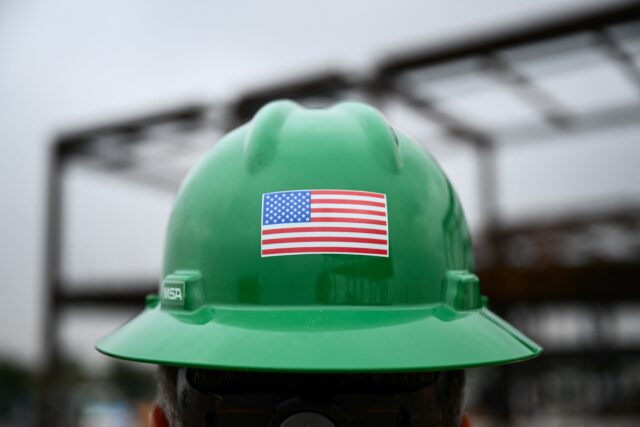A key gauge of the prospects for the U.S. economy that long predicted a recession improved in February for the first time in two years.
The index of leading economic indicators unexpectedly rose 0.1 percent last month, the Conference Board said Thursday. That’s the first increase in the index since February 2022.
Economists had forecast the index would decline 0.3 percent following the 0.4 percent drop in January. None of the forecasters surveyed by Econoday saw a rise in the index, with the range running from a 0.1 to a 0.5 percent decrease.
The index had long predicted a recession was looming for the U.S. economy. In January, for the first time in more than a year and a half, the Conference Board said the index was no longer forecasting a recession.
The index is thought to predict recessions when the decline is deep, broad, and prolonged. When the index persistently declined in the period from 1973 through 1975, a recession occurred. The same happened again when the index fell from 2007 to 2009.
The post-pandemic period broke with this pattern. Other indicators of recession, including the inversion of the yield curve and the drop in the University of Michigan’s consumer sentiment index, also sent up what now appear to be false alarms as the economy continued to expand at a rapid rate.
By subscribing, you agree to our terms of use & privacy policy. You will receive email marketing messages from Breitbart News Network to the email you provide. You may unsubscribe at any time.
The Atlanta Fed’s GDPNow indicator shows the economy growing at a 2.1 percent rate in the first quarter of 2024, a slowdown from the four percent rate of growth in the second half of last year but still above what the Federal Reserve thinks is the sustainable rate of growth for the economy.
On Wednesday, the Fed’s Summary of Economic Projections showed that the median expected growth rate in gross domestic product for this year rose to 2.1 percent from 1.4 percent in December.
The Conference Board says the index still indicates a slowdown ahead, even though an outright contraction is no longer predicted.
“Despite February’s increase, the index still suggests some headwinds to growth going forward,” said Justyna Zabinska-La Monica, the Conference Board’s senior manager of business-cycle indicators. “The Conference Board expects annualized U.S. GDP growth to slow over the [second quarter to third quarter] period, as rising consumer debt and elevated interest rates weigh on consumer spending.”
The rise in the index of leading indicators was driven by strength in parts of the economy thought to be particularly sensitive to interest rates, including manufacturing, stocks, and housing.
The rise in the index is likely to reassure Fed officials that they have been right not to cut interest rates this year. Many Fed officials have said that the ongoing buoyancy of the economy has given them room to be patient on rate cuts and reason to be cautious that inflation could flare up again. Inflation data in January and February showed prices rising faster than expected.

COMMENTS
Please let us know if you're having issues with commenting.